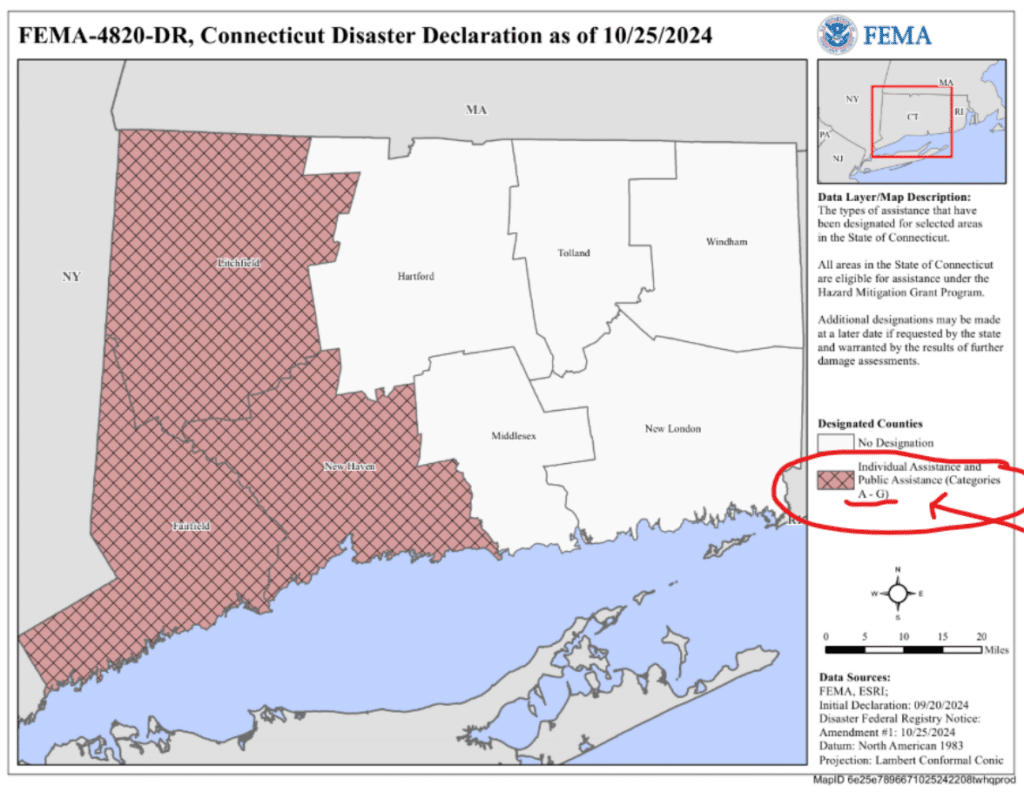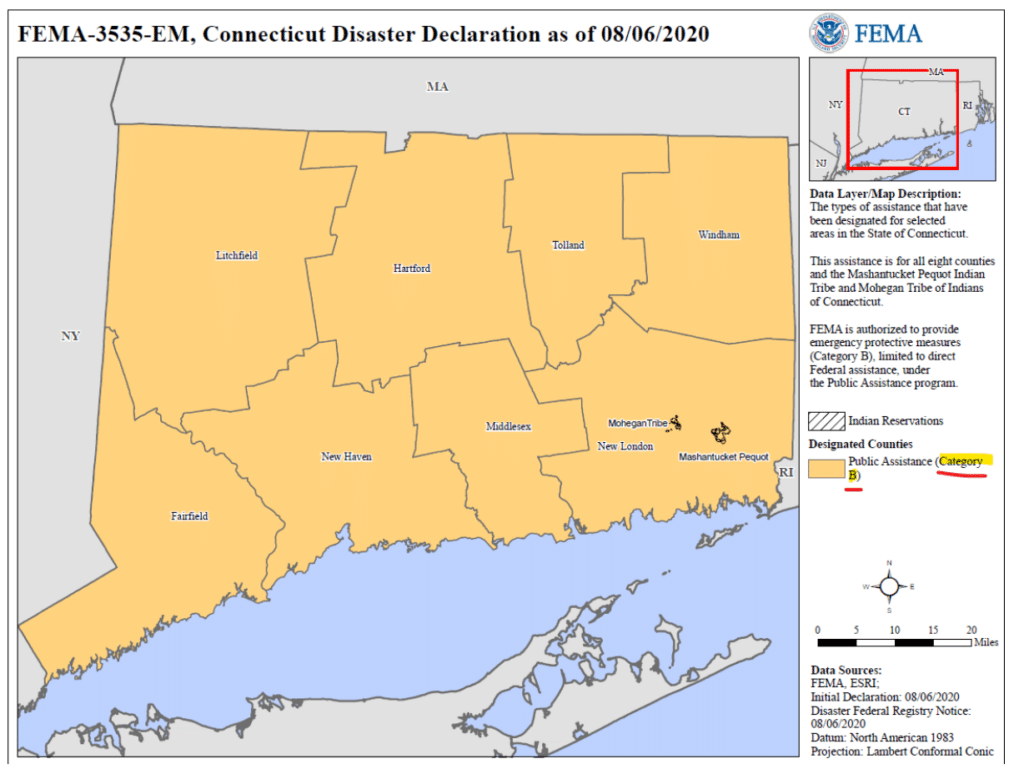

Dear Banker,
Many bankers are easily confused by the technical requirements for loans in "disaster areas'' to be potentially qualified for community development credit under CRA. This brief article explains how to avoid the confusion. Numerous natural weather events have caused FEMA to issue declarations for designated disaster areas. Certain bank activity in those areas may qualify for community development credit under the Community Reinvestment Act ("CRA"). See the references below. It is important to understand that Designated Disaster Areas that qualify only for Categories A and B relief are not qualified for community development credit. Therefore, it is extremely important to determine and document the categories of relief assigned to a designated disaster area.
Typically, FEMA will issue a map of the designated disaster area, and the map will have an indication of the categories of relief that apply. We recommend you obtain a copy of such a map as important documentation to substantiate the qualifications of your bank's community development activities in such areas. See the sample map above and see where the "Public Assistance Category" is identified.
The following is an excerpt from the CRA Q&A’s:
§ll.12(g)(4)(ii)
Activities that revitalize or stabilize designated disaster areas
§ll.12(g)(4)(ii)—1:
What is a ‘‘designated disaster area’’ and how long does it last?
A1. A ‘‘designated disaster area’’ is a major disaster area designated by the federal government. Such disaster designations include, in particular, Major Disaster Declarations administered by the Federal Emergency Management Agency (FEMA) (http://www.fema.gov), but excludes counties designated to receive only FEMA Public Assistance Emergency Work Category A (Debris Removal) and/or Category B (Emergency Protective Measures). Examiners will consider institution activities related to disaster recovery that revitalize or stabilize a designated disaster area for 36 months following the date of designation. Where there is a demonstrable community need to extend the period for recognizing revitalization or stabilization activities in a particular disaster area to assist in long-term recovery efforts, this time period may be extended.
§ __.12(g)(4)(ii) – 2: What activities are considered to “revitalize or stabilize” a designated disaster area, and how are those activities considered?
A2. The Agencies generally will consider an activity to revitalize or stabilize a designated disaster area if it helps to attract new, or retain existing, businesses or residents and is related to disaster recovery. An activity will be presumed to revitalize or stabilize the area if the activity is consistent with a bona fide government revitalization or stabilization plan or disaster recovery plan. The Agencies generally will consider all activities relating to disaster recovery that revitalize or stabilize a designated disaster area, but will give greater weight to those activities that are most responsive to community needs, including the needs of low- or moderate-income individuals or neighborhoods. Qualifying activities may include, for example, providing financing to help retain businesses in the area that employ local residents, including low- and moderate-income individuals; providing financing to attract a major new employer that will create long-term job opportunities, including for low- and moderate-income individuals; providing financing or other assistance for essential community-wide infrastructure, community services, and rebuilding needs; and activities that provide housing, financial assistance, and services to individuals in designated disaster areas and to individuals who have been displaced from those areas, including low- and moderate-income individuals (see, e.g., Q&As § __.12(i) – 3; § __.12(t) – 4; § __.22(b)(2) & (3) – 4; § __.22(b)(2) & (3) – 5; and § __.24(d)(3) – 1).

